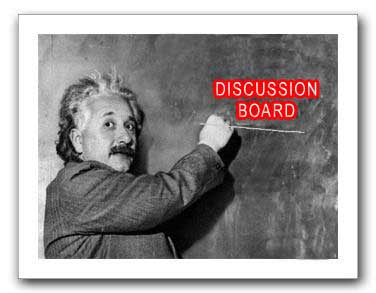|
Updated October 19, 2018
Please make sure you READ everything on this page or you will miss important details. I will archive past weeks Announcements pages for a limited time only under the Trimester 1 tab, if you need to go back to a particular weeks information for any reason. Week 7 Summary Finishing up Chapter 5 - Atomic Structure and the Periodic Table This past week we discussed the concept of atomic number, mass number, and briefly mentioned isotopes. The atomic number (Z) for any element defines the number of protons (and electrons) the element has: helium (He) has an atomic number of "2," thus it two protons and two electrons. The mass number (A) for any element is the sum of the number of protons and neutrons: helium (He) has a mass number of "4," therefore it possesses two protons and two neutrons. We spent just a little time on the periodic table, but please make sure you read the section in the text addressing it's development and its trends, (pp. 123 - 126). From your reading you should realize that the vertical columns in the table are called groups (or families), and the horizontal rows are called periods. Please make sure you understand where the following are located on the table:
Starting Chapter 6 - Chemical Names and Formulas This last Tuesday, we had time to start Chapter 6; this chapter is a bit challenging, so make sure you stay on top of reading for the class - this is not the kind of material you want to cram for prior to an exam - it takes the brain time to digest and process the material from this chapter. In this chapter you will be introduced to chemical bonding, and learn how to name ionic and molecular compounds. Upcoming Week 8 We will spend some time this coming week learning how to calculate the relative mass and relative abundance for an element (material from Chapter 5). This has its relevance in the fact that not all members of a given element have the same number of neutrons. As an example, carbon-12 possesses 6 protons and 6 neutrons, whereas carbon-14 has 6 protons and 8 neutrons. Carbon-12 and carbon-14 are both isotopes of carbon. While they may have differing numbers of neutrons, they still behave chemically the exact same way. If you still are unsure as to how to calculate relative mass and relative abundance after this week's classes, please watch the Tyler Dewitt video, "How to Calculate Atomic Mass Practice Problems," at right. This topic will complete any class discussion of Chapter 5. We will also carry out a small lab with candies which will further assist you in your understanding of calculating relative mass and relative abundance. I'll link this lab later this weekend. Quizlet app Not only is there conceptual content in Chapter 6, but some things you will need to memorize; on page 147, Table 6.4, you should note the names and formulas for several polyatomic ions. You will need to memorize most of these eventually. To help you in this I have attached a link to a Quizlet flash card set you can use. Please feel free to sign up for a free Quizlet student account, to help you study - works great for other classes as well. If you sign up for this on your smart phone and show me in class on Wednesday, I will provide four points extra credit towards your quizzes grade. If you don't have a device, then drop me a note in class you opened up an account for use on your computer at home. So that you are adequately prepared for classes this coming week, please complete the following:
|
|




